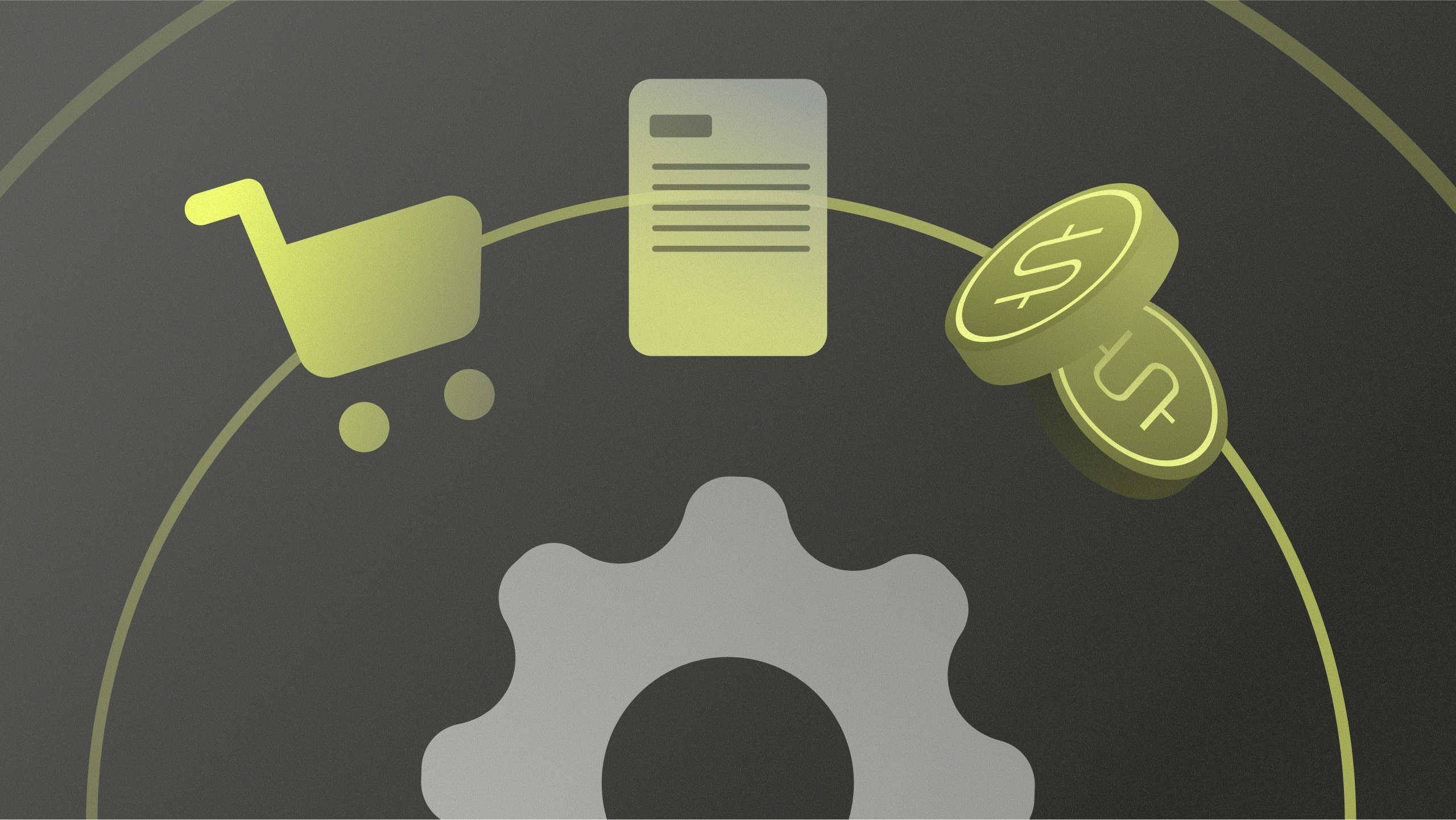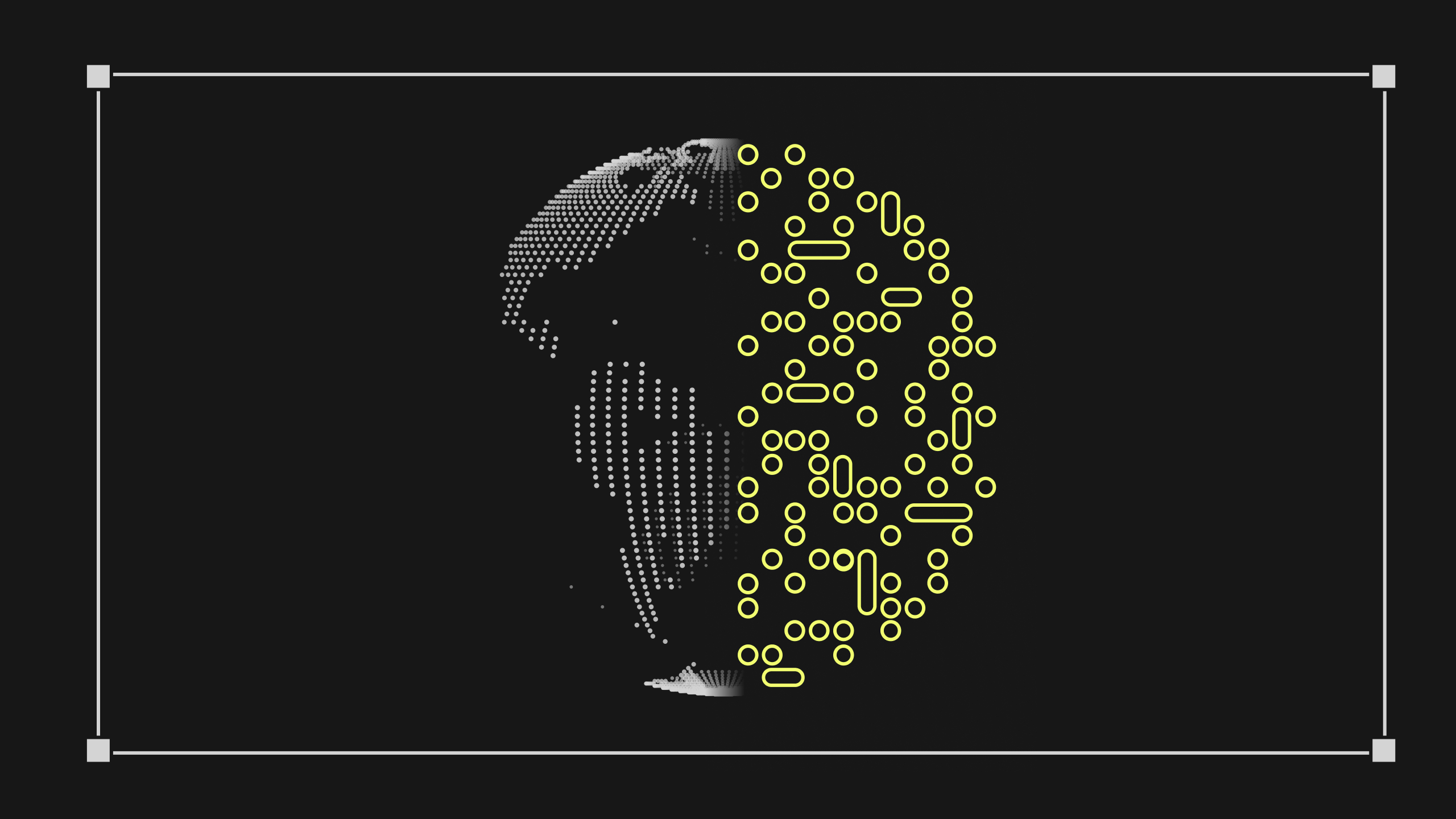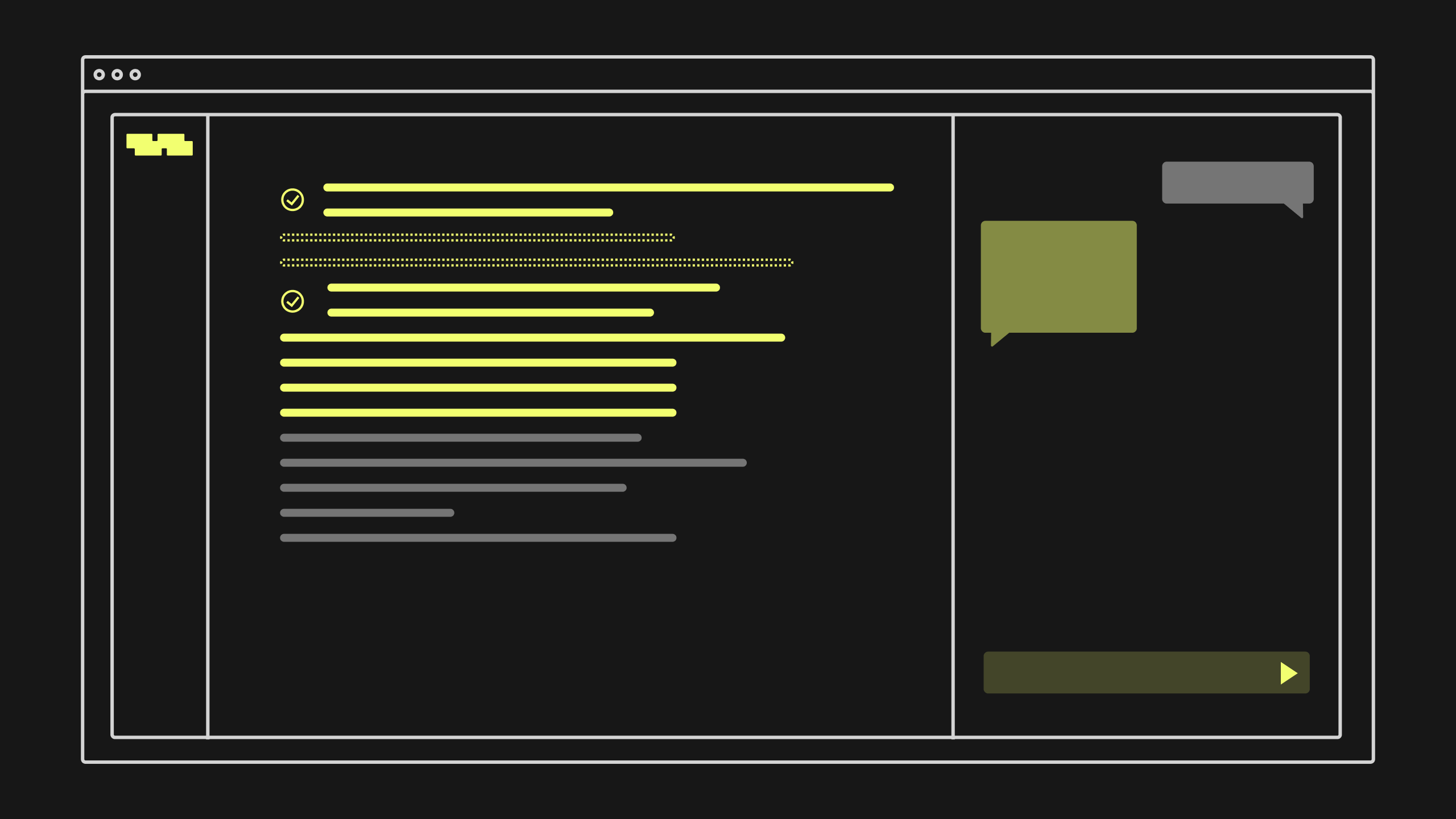
Key Takeaways
The Order to Cash (O2C) cycle is a critical business process that is often burdened by manual tasks, but AI-powered automation can transform the entire workflow.
- What it does: It uses intelligent agents to handle tasks like order entry from unstructured documents, validating data against ERP systems, managing collections, and applying cash receipts.
- The business impact: By automating these judgment-based steps, businesses can significantly reduce days sales outstanding (DSO), minimize errors, and improve customer satisfaction.
- The key benefit: It frees up finance teams for more strategic activities.
The Great Failure of O2C Automation
For over a decade, finance and technology leaders have been sold a powerful vision of order-to-cash automation. The promise was transformative: a seamless, touchless process from the moment a customer places an order to the moment the cash is in the bank. We invested millions in RPA, sophisticated ERP modules, and a patchwork of specialized software, all aimed at accelerating cash flow and freeing our teams for more strategic work.
Yet, what is the reality in most large enterprises? The O2C process remains a fragmented, high-friction ordeal. Teams are still buried in manual data entry, endless email chains, and the painstaking work of reconciling data across a dozen different systems. The “automation” we purchased has turned out to be an illusion. It has automated simple tasks, but it has completely failed to automate the complex, end-to-end business process.
This is the great failure of traditional Order to cash automation: it has placed digital bandaids on a fundamentally broken workflow. To truly solve this, CIOs and CFOs must challenge the limitations of their current tools and embrace a new, more intelligent paradigm.
The Anatomy of a Manual O2C Process Your System Can’t See
The core flaw in most O2C automation strategies is that they ignore the invisible, manual work that happens between the systems. Your ERP might log an order, but it can’t read the customer’s PDF purchase order to check for special terms. Your invoicing software can send a bill, but it can’t understand the customer’s emailed remittance advice.
This is the reality of modern order to cash processing. Consider the “simple” lifecycle of a single customer order:
- Order Entry: A customer emails a purchase order. A human employee must manually read this PDF, extract the critical information, and key it into the ERP. This is slow and a major source of errors.
- Credit Check: The order sits in a queue until someone manually runs a credit check, often using a separate, external portal. This delays order fulfillment and creates a bottleneck. Effective credit risk management is nearly impossible when done manually.
- Fulfillment & Invoicing: Once approved, the order is released. After shipment, another manual process is required for automated invoice generation, ensuring the details match the original PO and the bill of lading.
- Payment Collection: The collections team then begins the manual process of monitoring for payment, sending reminder emails, and trying to forecast when cash will actually arrive. This makes accurate cash flow forecasting a matter of guesswork.
- Cash Application: When a payment does arrive, often a single lump sum for multiple invoices, an AR specialist must manually match it against the open receivables, a complex and error-prone puzzle.
This is not an automated process. It is a series of disjointed manual tasks that create friction, delay revenue recognition, and frustrate both your employees and your customers. This is the core challenge that any real Order to cash automation solution must solve.
Agentic AI: The Engine Your O2C Process Is Missing
To conquer this deep-seated operational chaos, leaders need a new class of technology. Agentic AI represents a fundamental paradigm shift for the O2C process. It moves beyond dashboards and rigid bots to provide an intelligent engine that can execute entire end-to-end business processes, based on instructions provided in plain English.
Instead of just logging an order, an AI agent can be instructed to manage the entire workflow. A finance manager, without writing any code, can define the process:
“When a purchase order is received via email, extract the line items and create a sales order in our ERP. Run a credit check on the customer. If they are within their limit, release the order for fulfillment. Once shipped, generate the invoice and send it to the customer’s AP contact. Monitor for payment and apply the cash upon receipt.”
The AI agent then uses its reasoning capabilities to navigate the different applications—your ERP, your email, your credit provider’s portal—to get the job done. Crucially, it’s built for the real world. When an exception occurs—the customer’s PO format is new, or they send a partial payment—the agent doesn’t just fail. It can be taught to handle the exception or pause and ask a human expert for guidance. This creates an Order to cash processing system that is not just automated, but truly autonomous and resilient. This is the only way to succeed with Order to cash processes case automating.
Kognitos: The First True Order to Cash Automation Platform
Kognitos is the industry’s first neurosymbolic AI platform, purpose-built to deliver this new, intelligent model of automation. Kognitos is not another RPA tool or a better dashboard. It is a comprehensive platform that automates your most critical and complex back-office processes using plain English.
The power of Kognitos lies in its unique neurosymbolic architecture. This technology combines the language understanding of modern AI with the logical precision required for enterprise-grade financial processes. This is non-negotiable for any CFO. It means every action the AI takes, from creating an invoice to applying cash, is grounded in verifiable logic, is fully auditable, and is completely free from the risk of AI “hallucinations.” This ensures the absolute integrity of your financial data.
With Kognitos, you can finally achieve true Order to cash automation:
- Automate Order Entry Intelligently: Kognitos can read and understand any customer purchase order, in any format, received via email, and accurately create a sales order in your ERP.
- Streamline Credit and Collections: Automate your credit risk management by having agents run checks in real-time. Improve payment collection by deploying agents to send intelligent, personalized reminders based on customer history.
- Perfect Cash Application: Kognitos can read any remittance advice, in any format, and perform a perfect match of payments to open invoices, handling complex scenarios like discounts and credit memos with ease. This directly improves your cash flow.
The Real Benefits of True O2C Automation
When you move from task automation to intelligent process automation, the Order-to-cash (O2C) automation benefits become strategic, not just operational.
- Accelerated Cash Flow: By eliminating the manual bottlenecks in order processing, invoicing, and payment collection, you can dramatically reduce your Days Sales Outstanding (DSO) and improve your working capital.
- A Bulletproof Audit Trail: Every step an AI agent takes is logged and tied to an English-language instruction. This creates a perfect, easy-to-understand audit trail for every single transaction, transforming SOX compliance and external audits.
A More Strategic Finance Team: By freeing your team from the endless cycle of manual data entry and exception handling, you empower them to focus on high-value work: analyzing customer profitability, improving cash flow forecasting, and acting as true strategic partners to the business.
The Future Isn’t a Better Bot, It’s a Smarter Process
The path to a truly efficient O2C process is not paved with more bots or another piece of siloed software. It requires a fundamental shift in thinking—away from automating isolated tasks and toward orchestrating the entire, end-to-end business workflow. The operational friction that delays your cash flow and burns out your team doesn’t live within a single application; it lives in the manual gaps between them.
By empowering your finance and operations teams with intelligent agents that can reason, adapt, and learn from exceptions, you can finally move beyond the illusion of automation and build a system that is truly autonomous. This is not just about improving payment collection or accelerating the close; it’s about creating a resilient, data-driven, and strategic finance function that can power the growth of the enterprise. The future of Order to cash automation has arrived, and it’s not a better bot—it’s a smarter process.
Discover the Power of Kognitos
Our clients achieved:
- 97%reduction in manual labor cost
- 10xfaster speed to value
- 99%reduction in human error
AI transforms the O2C process by moving beyond simple, rule-based automation. An intelligent AI agent can manage the entire end-to-end workflow. It can read and understand unstructured documents like customer purchase orders and remittance advice, make judgments based on your business logic, handle exceptions without breaking, and connect all the disparate systems involved in the process, from your CRM to your ERP and bank portals.
Key use cases for intelligent Order to cash automation include:
- Automated Sales Order Creation: Reading customer POs in any format and creating sales orders in the ERP.
- Automated Credit Management: Running real-time credit checks before an order is released.
- Automated Invoicing: Generating and distributing accurate invoices the moment an order is fulfilled.
- Intelligent Collections: Sending automated, personalized payment reminders.
Automated Cash Application: Matching incoming payments to open invoices, even with complex remittance details.
The primary benefits are a significant acceleration of cash flow and a reduction in Days Sales Outstanding (DSO). Other critical benefits include a drastic reduction in manual effort and errors, lower operational costs, a much stronger and more auditable control environment for compliance, and the empowerment of finance and operations teams to focus on strategic, value-adding activities.








